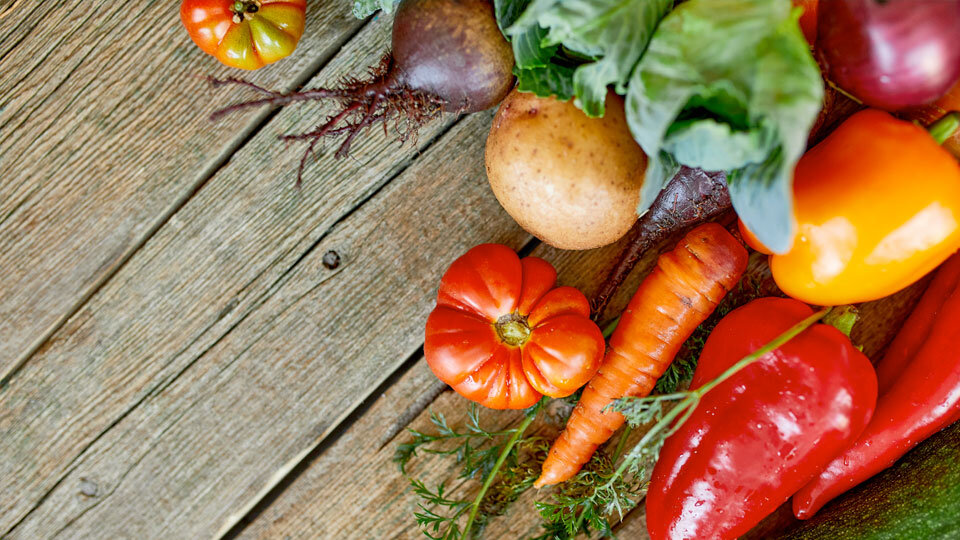Food waste reduction technology – 10 things you need to know

Food waste is a global crisis with economic, environmental, and social implications. According to the UN Food and Agriculture Organization, approximately one-third of all food produced, roughly 1.3 billion tons, is wasted every year. This not only contributes to food insecurity but also generates significant greenhouse gas emissions. As the world seeks sustainable solutions, technology is stepping up.
With real-time monitoring and predictive analytics, reducing food waste across the supply chain has never been more achievable. By using a comprehensive sensor-based AI solution, those in the food industry can cut waste without cutting corners. From farms and fridges to restaurants and retail shelves, this technology helps keep food fresh, tracked, and on track.
1. Prolonged shelf life
In a holistic way clever food tech solutions can track temperature consistency throughout the cold chain, from farm to retailer. A clever sensor can monitor storage conditions during transportation and in warehouses, ensuring food is kept at optimal temperatures and humidity levels. The data from sensors, whether tracking the temperature through transportation or during storage, can ultimately predict shelf life more accurately based on real-time conditions, not just static expiry dates.
2. Accurate forecasting
With accurate forecasting you can go one step further and use sensor data to predict shelf life, the likelihood of any spoilage risks, and overall demand for the product more precisely, based on actual conditions, not just standard expiry dates or historical averages.
3. Operational efficiency
Operational efficiency is about doing more with less, maximizing productivity, minimizing waste (time, energy, resources), and streamlining processes across the food supply chain.
Automated monitoring is a perfect examples of where sensors come into their own to continuously track conditions (temperature, humidity, stock levels, etc.) without manual checks.
Sensors can also be used to produce faster response times when anything goes wrong (e.g. temperature spike or door left open). An Ai solution can also provide real-time insights into stock freshness and rotation needs. For example: Staff know exactly which pallets to move first, avoiding unnecessary waste and overhandling.
4. Environmental impact
If global food waste were a country, it would be the third-largest emitter of greenhouse gases after the U.S. and China. That’s a pretty sobering statistic. Producing food creates waste, for example, irrigation systems for water, fertilizer, and fuel. It’s important we try not to waste any food. Infact wasting one pound of beef is like pouring 1,800 gallons of water down the drain.
5. Cost-saving
The U.S. restaurant industry incurs massive financial losses from food waste, generating around 11.4 million tons annually, which equates to an estimated $25 billion in direct costs. The potential for cost savings is significant. By using sensor technology, restaurants can catch issues early, like equipment malfunctions or shipment delays, preventing the loss of entire food batches. These early warnings also help avoid costly equipment repairs by allowing problems to be addressed before they escalate. Additionally, sensors automate routine tasks, such as temperature monitoring, reducing the need for manual checks and freeing up staff for more valuable work.
6. Traceability and trackability
Sensors help reduce food waste by improving both traceability and trackability across the supply chain. Traceability ensures every product’s journey, from farm to shelf, is recorded, making it easy to pinpoint where spoilage or mishandling occurred. Trackability, on the other hand, provides real-time monitoring of conditions like temperature and humidity, triggering alerts if anything goes wrong. Together, these tools help businesses act quickly to prevent spoilage, optimize inventory rotation, and reduce unnecessary waste.
7. Improved cold chain management
Smart sensor-driven ai food monitoring solutions play a key role in improving cold chain management by continuously tracking temperature, humidity, and other critical conditions during storage and transport. Real-time alerts help identify issues, like equipment failure, before it leads to spoilage. This ensures food stays within safe conditions throughout its journey, reducing waste, protecting product quality, and avoiding costly losses from rejected or unsafe shipments.
8. Compliance
When it comes to regulatory and safety compliance, sensors can automatically record key data points like temperature, humidity, and handling conditions. This creates a reliable digital trail that meets food safety standards and simplifies audits or inspections. By reducing manual record-keeping and ensuring consistent monitoring, sensors help businesses stay compliant, avoid fines, and maintain consumer trust, all while minimizing food waste caused by undetected issues.
9. Improved collaboration across the supply chain
Sensors enable better collaboration across the food supply chain by providing all stakeholders, farmers, transporters, processors, retailers, with access to shared, real-time data. Everyone can see the same information about product location, condition, and handling, which builds transparency and trust. This connectivity helps partners coordinate more effectively, respond quickly to issues, and make informed decisions that reduce delays, inefficiencies, and ultimately, food waste.
10. Data-driven businesses
Any businesses that uses data in its decision-making will be seeing obvious results. By using sensors to analyzing patterns in temperature, spoilage rates, inventory turnover, and logistics performance, businesses can make smarter, faster decisions. This data-driven approach helps identify inefficiencies, optimize processes, and reduce food waste—turning insights into actionable strategies that improve both sustainability and profitability.


